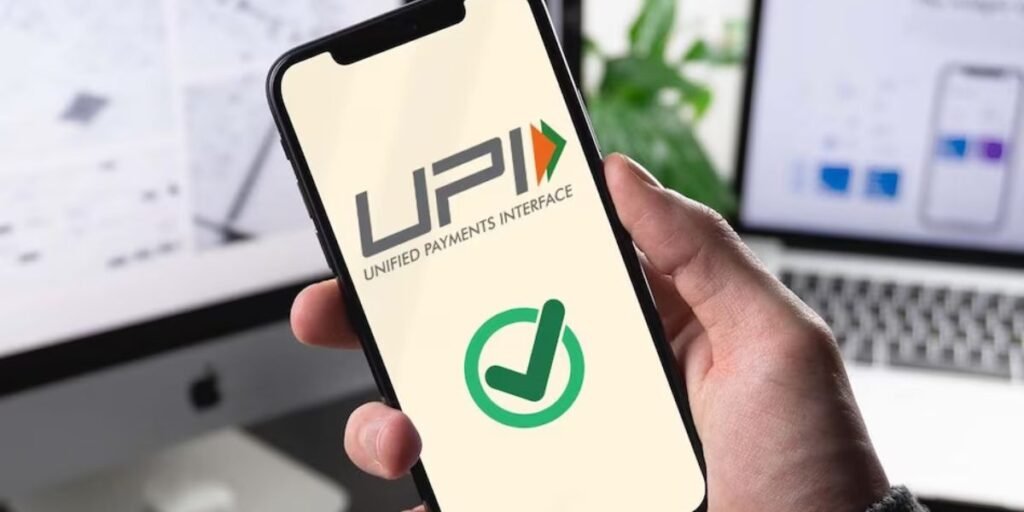In the ever-evolving landscape of digital transactions, UPI (Unified Payments Interface) has emerged as a game-changer, providing a seamless and efficient way for individuals and businesses to transfer money. The recent announcement of an increase in the UPI transaction limit for education and healthcare to ₹5 lakh per day marks a significant development in the realm of digital payments.
Reserve Bank of India Governor Shaktikanta Das declared an augmentation in the transaction limits for certain categories within the Unified Payments Interface (UPI). Furthermore, new limits for e-mandates related to recurring payments were also disclosed.
As per the revised UPI transaction limit guidelines, individuals can now make payments through UPI up to ₹5 lakh per day, a significant increase from the previous cap of ₹1 lakh. This elevated limit specifically applies to payments made to hospitals and educational institutions.
Implications for Educational Institutions
The enhanced transaction limit holds significant advantages for educational institutions. They can now carry out larger transactions effortlessly, facilitating smoother financial operations.
Elevating the UPI limit for educational transactions to ₹5 lakh implies that students and parents can conveniently make instant, trouble-free cash payments without relying on instruments like demand drafts.
Advantages for Healthcare Providers
Healthcare providers also stand to benefit from the raised transaction limit Now, individuals can conduct payments via UPI up to ₹5 lakh per day, previously capped at ₹1 lakh.
With higher daily limits, medical facilities can easily manage payments for expensive treatments, procure necessary equipment, and provide quality healthcare services without the constraints of previous transaction limits.
Das proposed the introduction of conversational payments on UPI, allowing users to engage with an AI-powered system for secure transaction initiation and completion. This feature will be available on both smartphone and feature phone-based UPI platforms, initially supporting Hindi and English, with additional Indian languages to follow.
The RBI also increased the transaction limit of UPI Lite from ₹200 to ₹500. UPI Lite is accessible through various payment apps such as Paytm, BHIM App, GooglePay, among others. Several banks, including Canara Bank, HDFC Bank, Indian Bank, Kotak Mahindra Bank, Punjab National Bank, State Bank of India, Union Bank of India, and Utkarsh Small Finance Bank, are already active on the UPI Lite platform.
In November, digital transactions through the Unified Payments Interface (UPI) surpassed 11 billion for the second consecutive month, reaching 1.124 billion UPI transactions. According to data from the National Payments Corporation of India (NPCI), although UPI transactions slightly decreased from October’s 1.141 billion, they surged by 54% compared to November 2022’s 730.95 million transactions.
In conclusion, the hike in UPI transaction limits for education and healthcare to ₹5 lakh per day is a welcome change with far-reaching implications. Educational institutions, healthcare providers, and users at large can now experience enhanced convenience and efficiency in their financial transactions.
FAQs
Is there a waiting period for the increased UPI transaction limit to take effect?
No, the increased limit is implemented immediately, allowing users to benefit right away.
Are there any additional fees associated with the higher transaction limit?
No, the transaction fees remain the same, and there are no additional charges for utilizing the increased limit.
Can individuals also benefit from the higher UPI transaction limit, or is it restricted to institutions?
Both individuals and institutions can take advantage of the increased UPI transaction limit.
What security measures are in place to protect users with the higher transaction limit?
UPI employs advanced security protocols to safeguard users’ financial data and transactions.
How does the increased limit contribute to the government’s digital economy initiatives?
The increased UPI limit aligns with the government’s goal of promoting digital transactions and supporting key sectors
